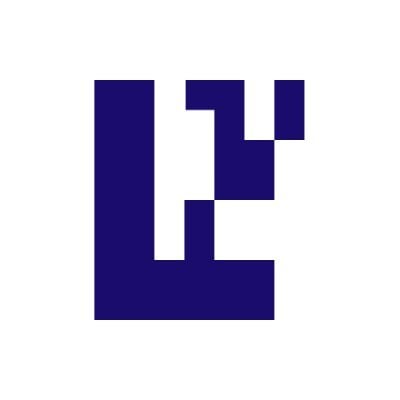Is it a golden idea or just dross? How does EigenLayer's business model work?
Author: TokenInsight
Recently, there has been a lot of discussion surrounding EigenLayer. Most of it revolves around the restaking mechanism of EigenLayer and the shared security of Ethereum. However, there is very little analysis of EigenLayer's overall business model. So how does EigenLayer's business model operate? Will anyone actually use EigenLayer? Can it achieve profitability? Let's find out together.
TL;DR
We conducted an in-depth study of EigenLayer's business model. After reviewing relevant data and materials, we reached the following conclusions:
The number of business demand parties that EigenLayer can attract (i.e., small and medium-sized application chains) is not very large and is likely to gradually decrease in the future.
In the early stages, the main supply party for EigenLayer's business, AVS (i.e., node operators), is likely to be attracted to enter the market due to potential earnings. However, considering the accompanying security risks, the overall participation of AVS is not optimistic.
Although there are currently many users staking assets on EigenLayer, the potential for an increase in the number of users in the future is limited.
EigenLayer is overall overestimated. In the long run, after the novelty wears off, EigenLayer's business model will not be able to achieve sustainable profitability.
What is EigenLayer
EigenLayer is a Restaking protocol based on Ethereum. It can be seen as an intermediary platform connecting stakers, AVS, and application chains.
Stakers, or Restakers, are users who stake assets on EigenLayer.
AVS, Actively Validated Services, are security service protocols integrated into EigenLayer, which can be simply understood as node operators.
Application chains are small and medium-sized blockchain networks that require node validation.
The main role of EigenLayer is to connect these three entities as a platform, and it can:
Provide stakers with a way to restake and earn additional staking rewards.
Provide AVS with staked assets.
Offer application chains the opportunity to choose AVS and purchase validation services.
What is EigenLayer's Business Model
EigenLayer's business model is built around stakers, AVS, and application chains. From the perspective of demand and supply:
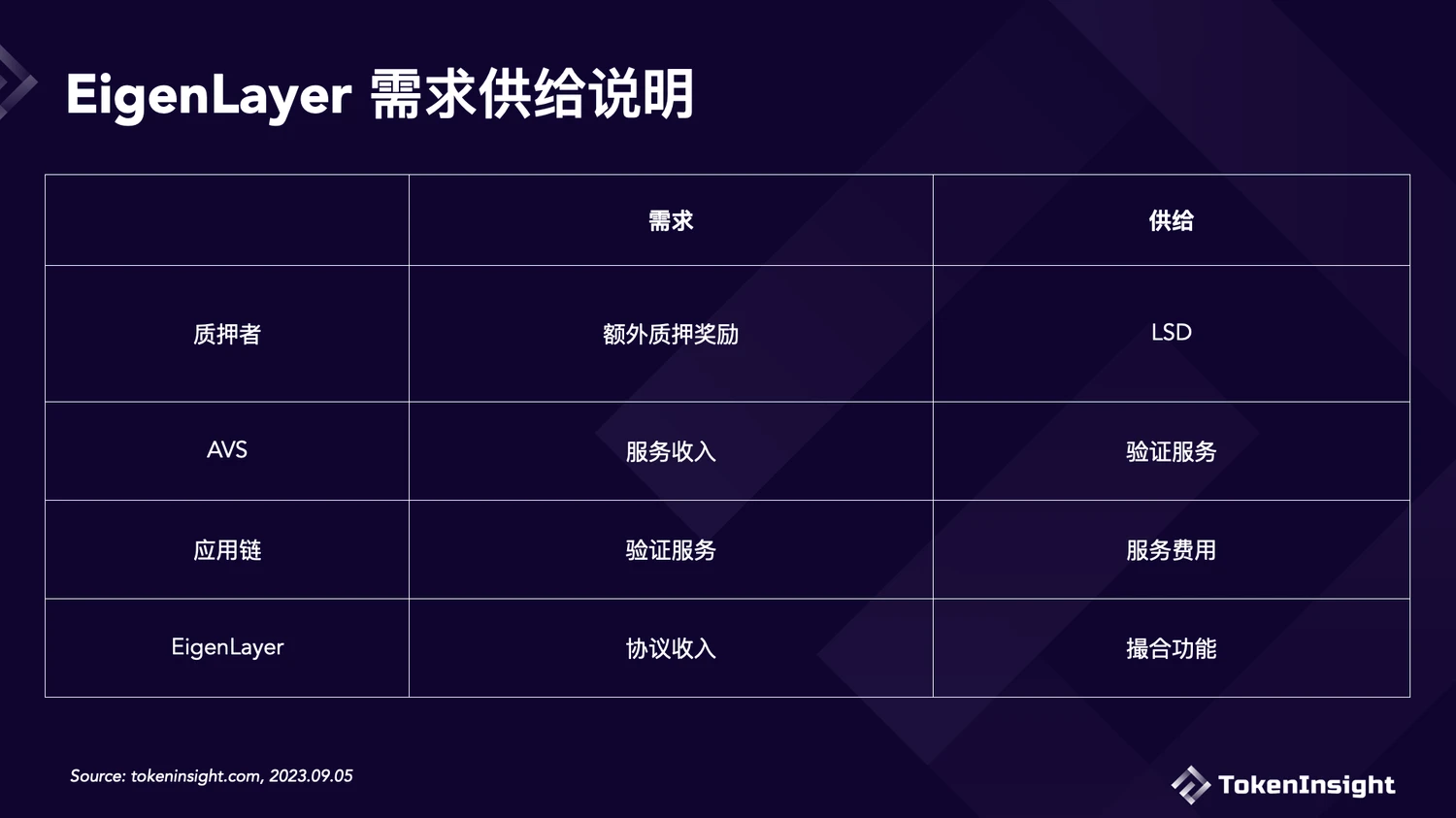
EigenLayer Supply and Demand Relationship
The specific operation process of EigenLayer's business model is as follows:
Users restake LSD to EigenLayer.
The restaked assets are provided to AVS for protection.
AVS provides validation services to application chains.
Application chains pay service fees. The fees will be divided into three parts, distributed as staking rewards, service income, and protocol revenue to stakers, AVS, and EigenLayer.
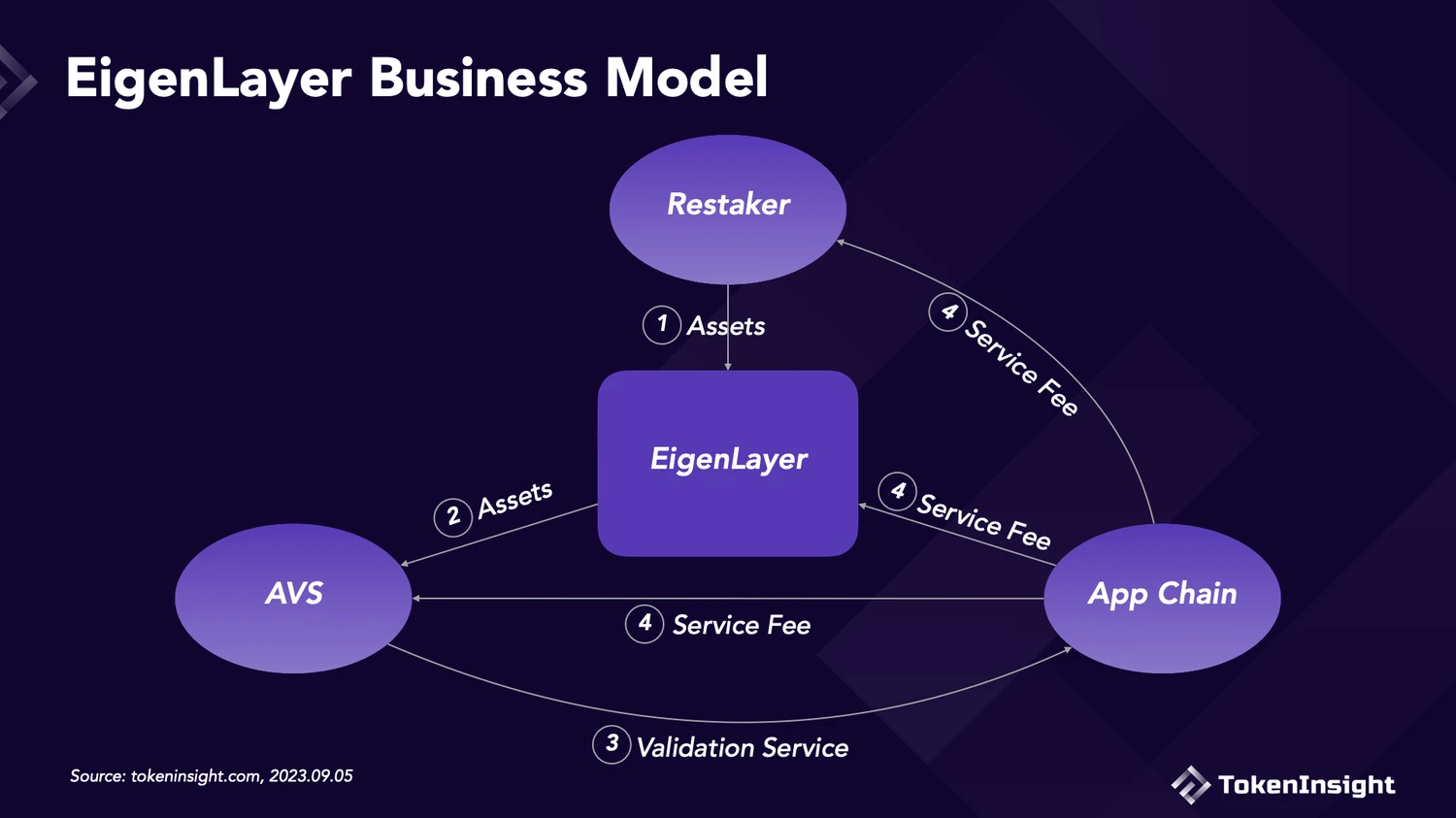
EigenLayer Business Model
Can EigenLayer's Business Model Be Profitable?
From the overall business model perspective, EigenLayer's main customer base consists of small and medium-sized blockchain networks that require node validation. Its primary function is to provide validation services to non-EVM compatible blockchain networks using Ethereum's node operators.
In this entire business chain, the income of stakers, AVS, and EigenLayer is all provided by these small and medium-sized application chains. Therefore, if we want to determine whether EigenLayer's business model can be profitable, the first question to discuss is whether there will be application chains that use EigenLayer.
Will There Be Application Chains Using EigenLayer?
First, there are two fundamental reasons why EigenLayer attracts non-EVM compatible small and medium-sized application chains as its main customer base:
Cost
Non-EVM compatible small and medium-sized application chains need to establish their own trust networks and ensure network security by deploying their own nodes. However, deploying their own nodes is costly and poses a burden for small and medium-sized blockchain networks. Therefore, they have a demand to seek existing third-party node operators to provide more cost-effective validation services. The AVS integrated into EigenLayer can provide these application chains with a more cost-effective validation service market.
Security
For non-EVM compatible small and medium-sized application chains, obtaining security on par with Ethereum is highly attractive. EigenLayer claims it can use LSD as collateral to provide these blockchains with collective security equivalent to Ethereum. This undoubtedly addresses a pain point for these application chains.
From a cost perspective, EigenLayer can indeed meet the needs of small and medium-sized application chains to reduce node deployment costs. However, regarding security, we believe EigenLayer cannot "rent" Ethereum's security to provide these application chains with the same level of security as Ethereum.
In terms of the staking mechanism, EigenLayer primarily uses LSD as collateral to provide protection for AVS. But this does not mean that AVS's validation services can offer the same level of security as Ethereum. Ethereum's strong security is provided by its large number of nodes and ETH staking volume. It has over 10,000 nodes and 25 million ETH staked. Therefore, its network is highly secure. However, the validation services purchased by application chains from EigenLayer do not reach the same level of node quantity and staking volume as Ethereum. Thus, EigenLayer cannot meet customers' pain points regarding security.
Moreover, from a sustainability perspective, small and medium-sized application chains are unlikely to use EigenLayer for an extended period. In the early stages of development, these application chains may choose to purchase AVS services from EigenLayer due to cost considerations. However, in the later stages of development and after issuing their native tokens, application chains are likely to switch to using their native tokens as staked assets and establish their own security networks. This is inevitable for the development of blockchain networks.
Therefore, for the above reasons, the number of customers EigenLayer can attract is not very large and is likely to gradually decrease in the future.
Will AVS Integrate into EigenLayer?
For the supply side, AVS, the income obtained from application chains is an important reason for them to join EigenLayer.
Essentially, AVS integrated into EigenLayer are earning extra income. They are essentially taking on additional validation work on EigenLayer while completing Ethereum's validation tasks. So how much income can these additional validation tasks bring them?
If we refer to Lido Finance's data, the earnings that AVS can earn by joining EigenLayer are estimated to be around 5% -10% of the service fees. Lido charges a fee of 10%, which is divided between node operators and Lido itself. Of this, 5% goes to node operators. However, EigenLayer, being in its early development stage, is likely to implement incentive measures to allocate a larger proportion to AVS to attract them to join.
However, while EigenLayer brings additional income to these node operators, the accompanying extra validation work also increases the security risks for validation nodes. Regarding this, Vitalik Buterin has also expressed a similar viewpoint. He believes that EigenLayer's practice of utilizing Ethereum node operators to validate other blockchain networks will lead to consensus overload in the entire Ethereum network. The restaking mechanism will compound risks, thereby affecting the overall security of the network.
Therefore, we believe that early AVS are likely to be attracted to enter the market due to potential earnings. However, considering the accompanying security risks, the overall participation of AVS is not optimistic. In other words, the additional income they obtain from application chains may not be sufficient to offset potential losses.
Will Users Stake Assets on EigenLayer?
Users choose to stake assets on EigenLayer primarily because of the staking rewards they can earn through restaking and the potential airdrop rewards in the future.
According to EigenLayer's published roadmap, EigenLayer is currently still in the first phase: Restake Mainnet, which only opens the platform's restaking function. Node staking based on LSD and AVS services have not yet been opened. This means that currently, users can only deposit assets into EigenLayer without receiving any staking rewards. Moreover, for a long time in the future, until the Service phase is opened, users will not receive any substantial staking rewards.
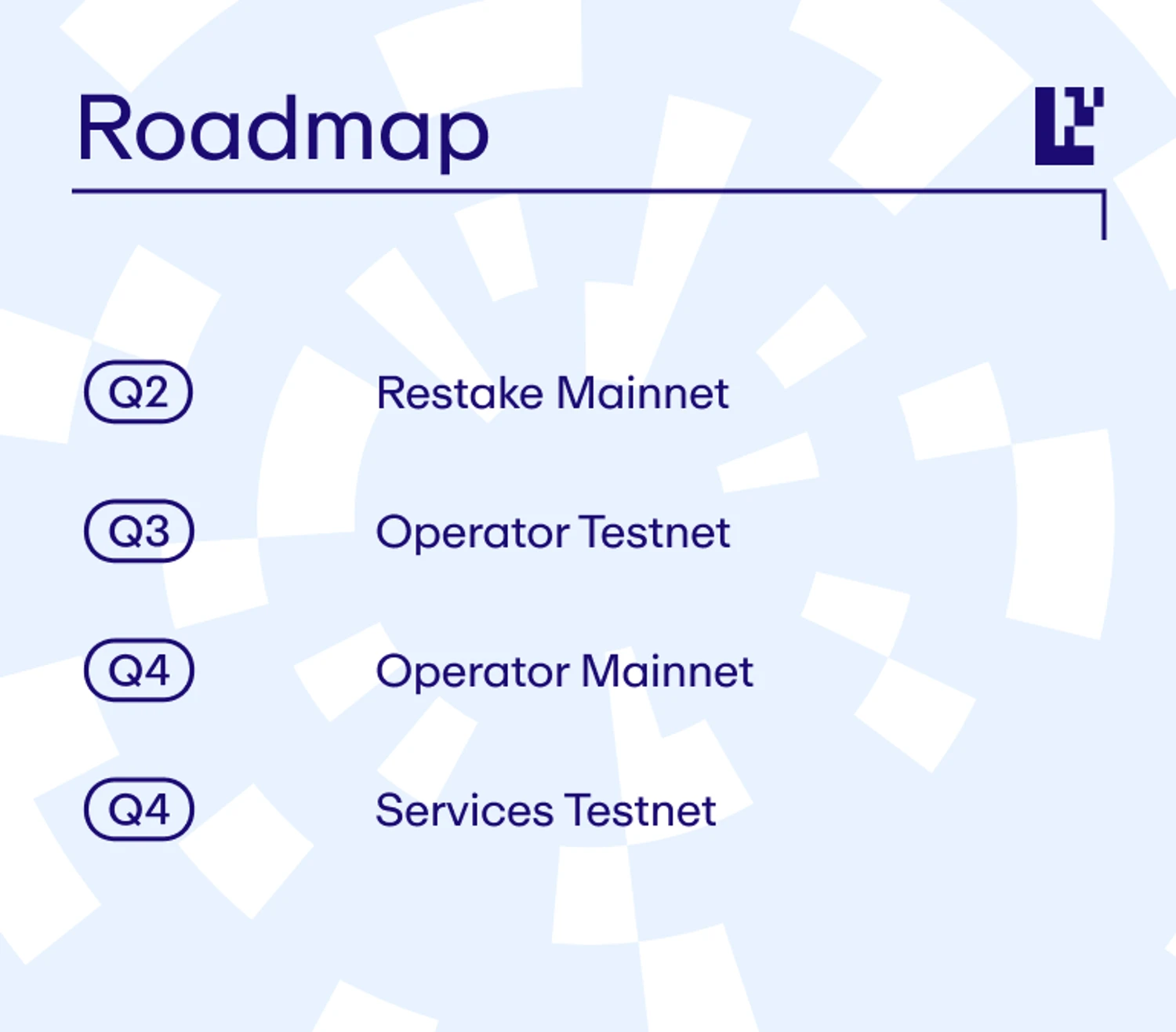
However, from the data on EigenLayer's official website, there are currently not a few users staking assets on EigenLayer. Within just over two months since the mainnet staking function went live, the total amount staked on EigenLayer has exceeded 177K ETH. A significant reason for this is that users hope to become early supporters of the project to obtain potential airdrop rewards in the future. However, this enticing approach may attract a large number of users with money but little sense in the early stages, but it will start to lose momentum later. After all, users cannot obtain any substantial returns in the short term. This is the most critical issue.
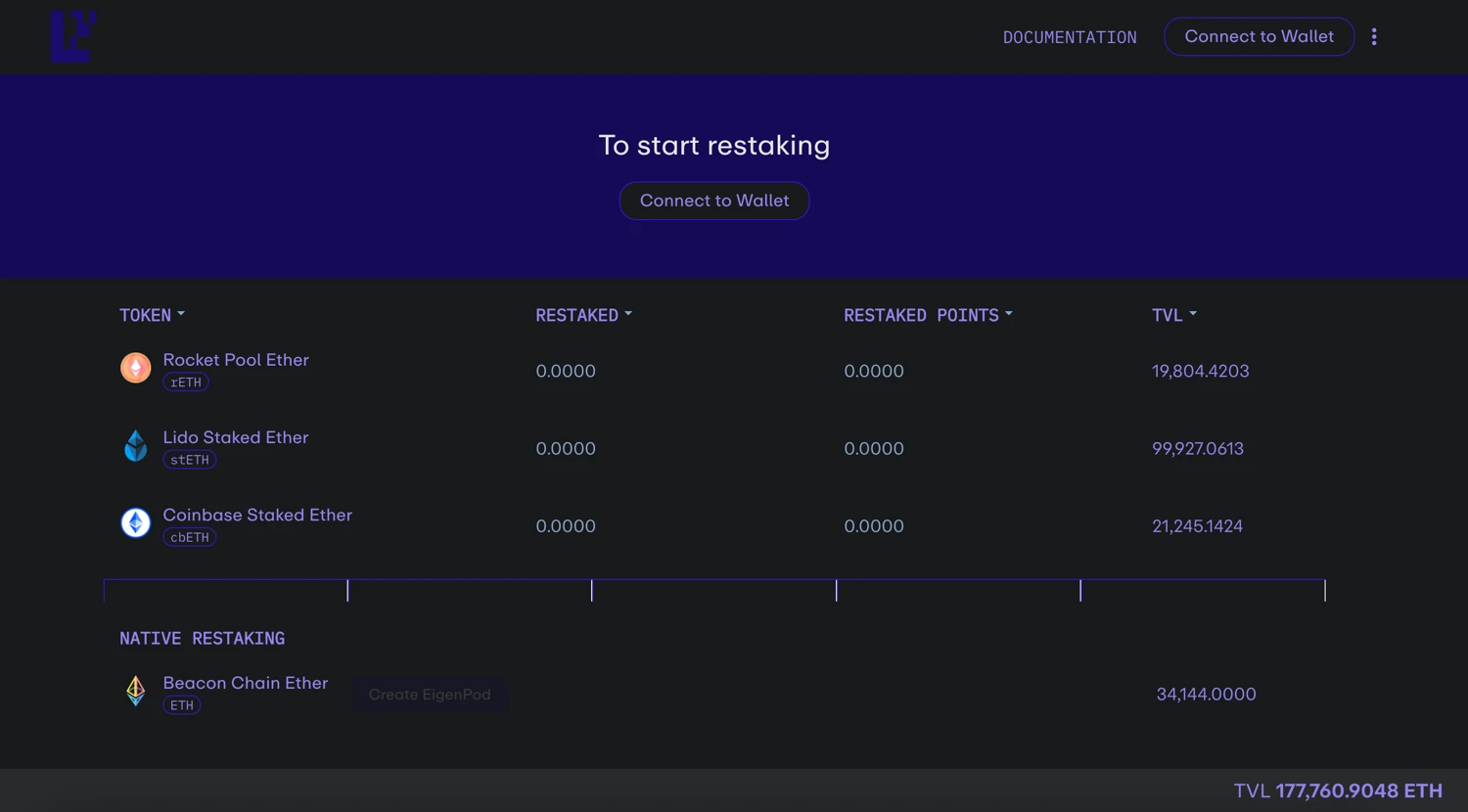
EigenLayer Restake Official Interface
Additionally, from a long-term perspective, holders of LSD assets can easily seek out node operators to stake their assets themselves. There is no reason to go through EigenLayer for this. EigenLayer merely saves users the step of searching for information and provides them with a platform to connect with node operators. Therefore, unless EigenLayer offers sufficiently high staking rewards in the future, it will not be able to attract too many users to continuously stake assets on its platform.
Thus, we believe that although there are currently many users staking assets on EigenLayer, the potential for an increase in the number of users in the future is limited.
Conclusion
In summary, for EigenLayer, the three parties—application chains, AVS, and users—are all indispensable.
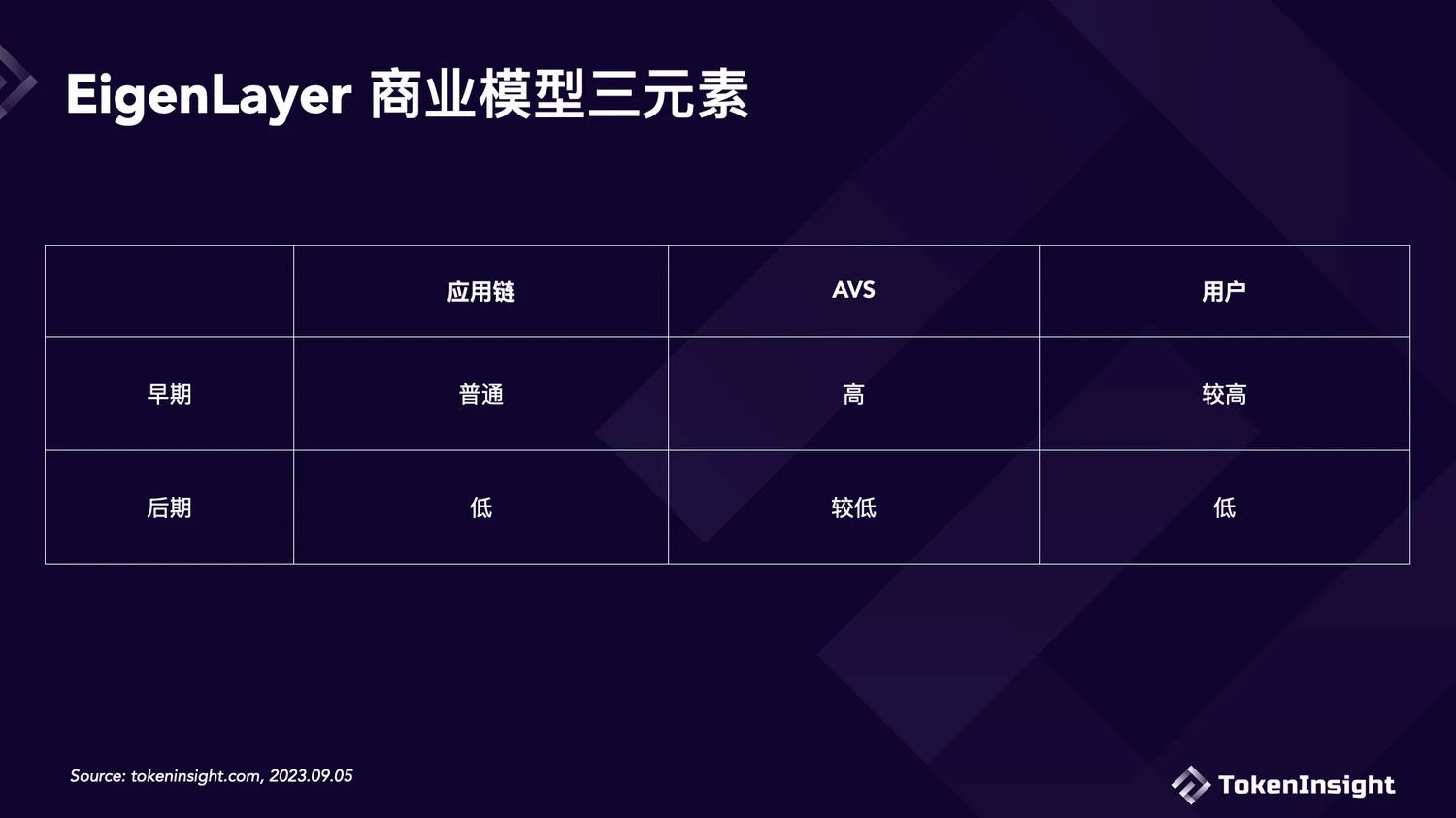
Analysis of the Three Elements of EigenLayer's Business Model
From the perspective of the main demand party, application chains, EigenLayer can indeed meet the needs of small and medium-sized application chains to reduce costs, but it cannot meet their security needs. At the same time, the sustainability of application chain demand is also poor.
From the perspective of the main supply party, AVS, early AVS are likely to be attracted to enter the market due to potential earnings. However, the security drawbacks brought by the restaking mechanism may affect the participation of AVS to some extent.
From the user perspective, users cannot obtain any substantial staking rewards in the short term, and the uncertainty of staking rewards may affect the subsequent increase in the number of users.
Therefore, we believe that EigenLayer, as a flagship project of restaking, is "mythologized" and overestimated. Its business model is insufficient to achieve sustainable profitability after the novelty wears off.





